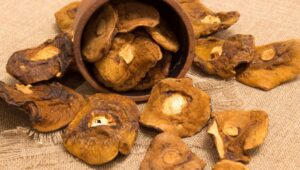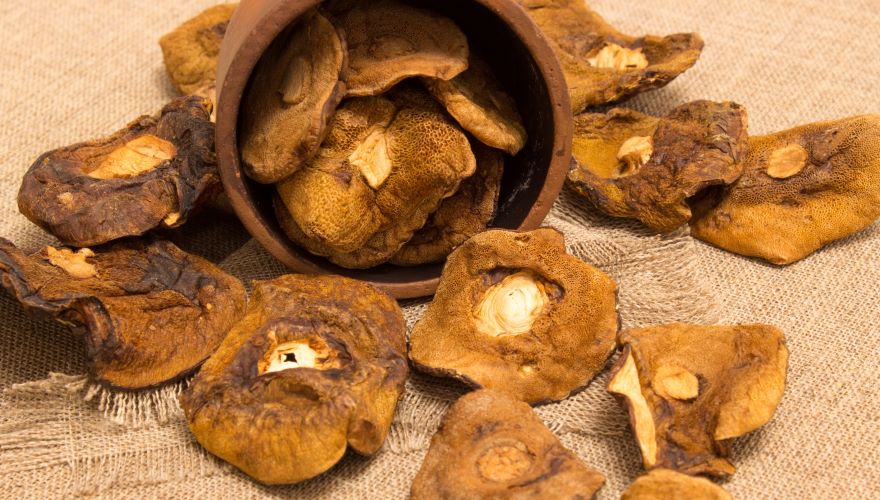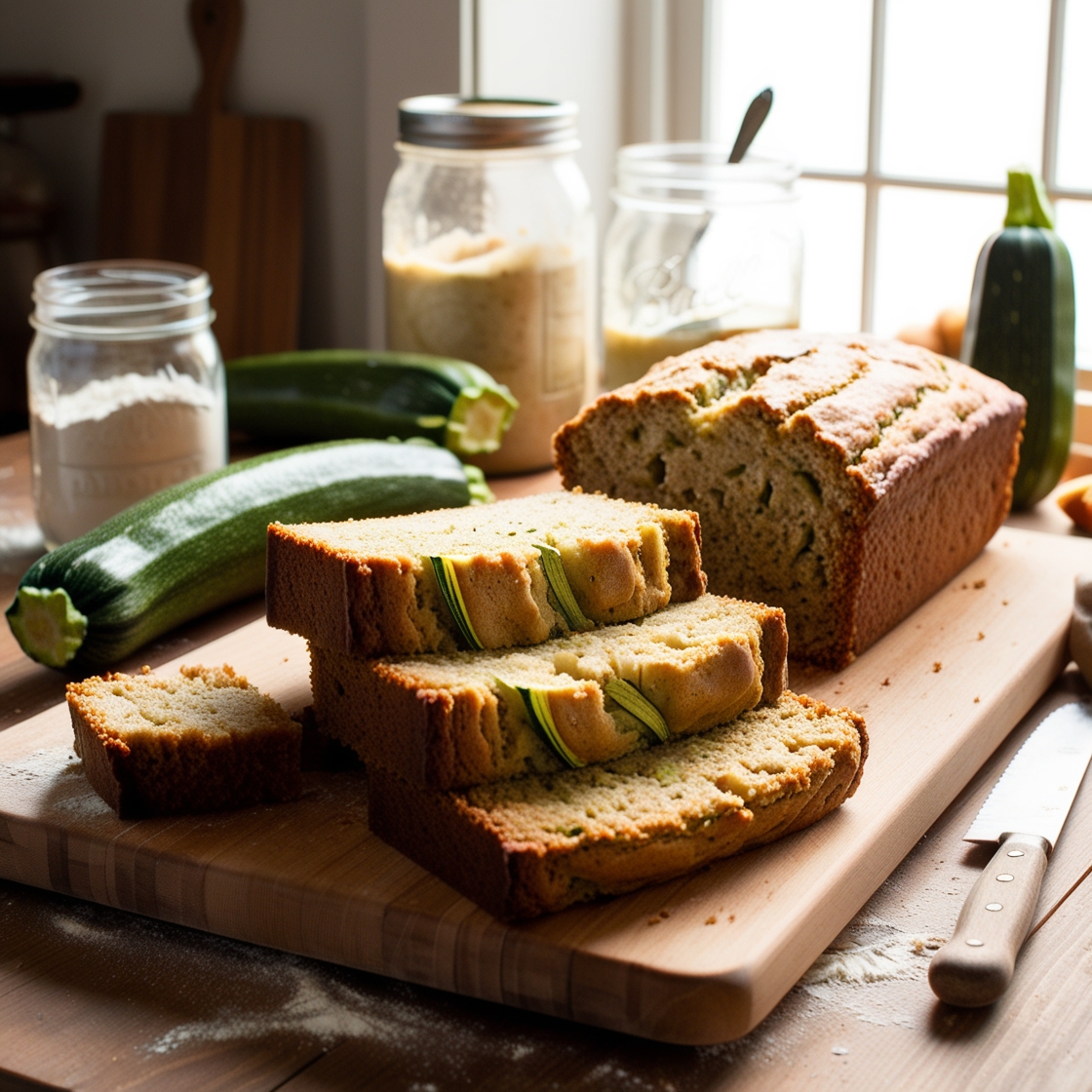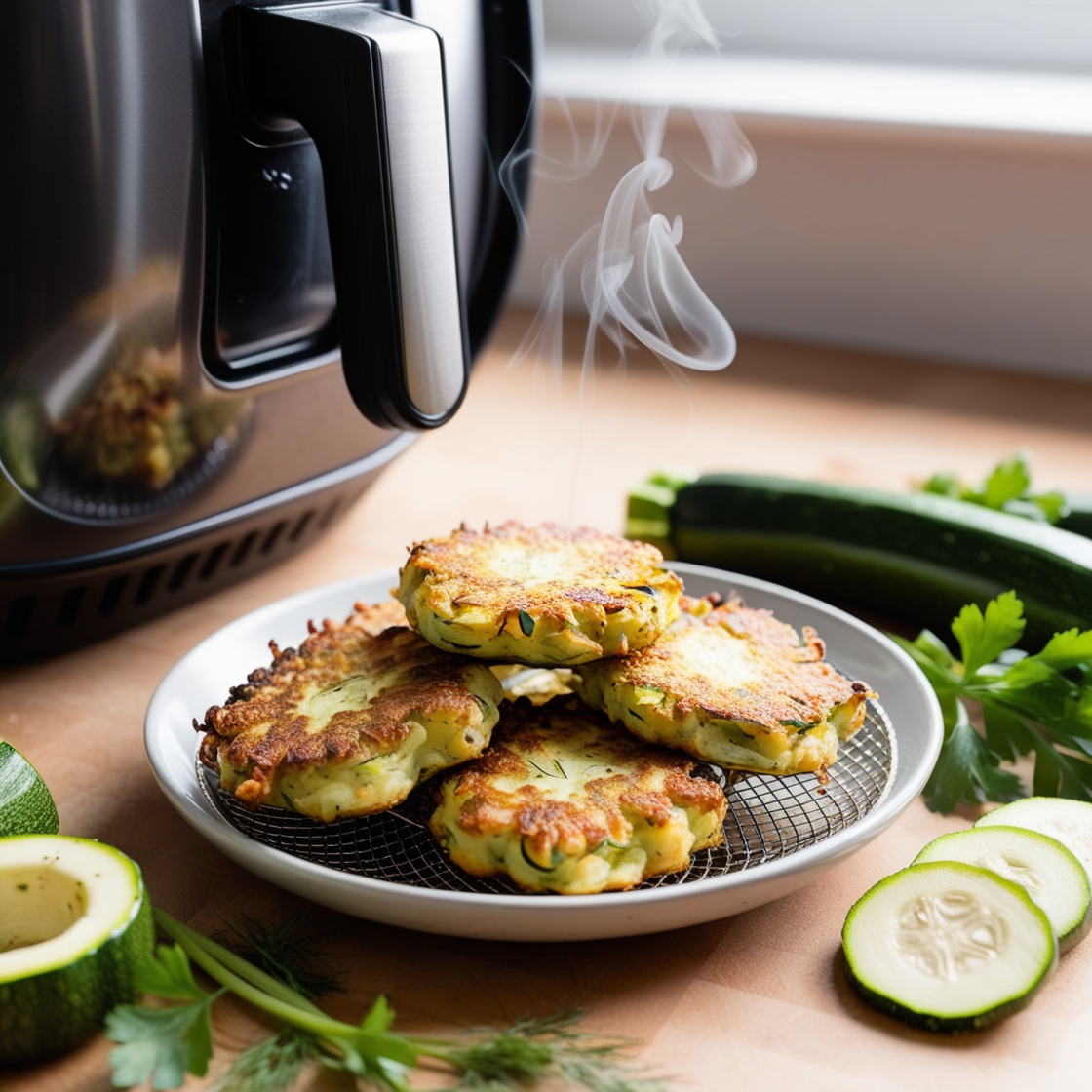Dried mushrooms are a culinary treasure often tucked away in our pantries, waiting to be used in a variety of delicious dishes. With their extended shelf life and concentrated flavors, these dehydrated marvels are an excellent ingredient to have on hand for those times when fresh mushrooms are not available or for adding an extra layer of depth to your cooking. The process of drying not only preserves the mushrooms’ nutrients, but also intensifies their rich umami taste, making them a versatile ingredient in a range of recipes.

Reconstituting dried mushrooms is a simple process that requires soaking them in warm water or other liquids, such as broth or wine, to bring them back to life. The soaking liquid can also be reserved and incorporated into your dishes, adding more flavor and complexity to your recipes. Once rehydrated, the mushrooms can be used in a variety of dishes like soups, stews, risottos, and even stir-fries. When properly stored, the mushrooms can have a long shelf life, making them a convenient and valuable addition to any home cook’s pantry.
Key Takeaways
- Dried mushrooms offer long shelf life and concentrated umami flavor.
- Reconstitution involves soaking in warm liquid, which can also be used in cooking.
- Dried mushrooms are versatile in various recipes, such as soups, stews, and stir-fries.
Benefits of Dried Mushrooms
Intense Flavor and Umami
I’ve found that dried mushrooms offer an intense flavor and umami compared to their fresh counterparts. Famous varieties like morels, porcinis, and chanterelles become more concentrated in taste once dried. As an avid mushroom lover, I appreciate the meaty taste and mushroomy aroma that some varietals possess after being dehydrated.
Drying mushrooms also helps to preserve their unique essence, making it easy for me to add a savory touch to a wide range of dishes. Speaking of dishes, here are some of my favorite ways to use mushrooms:
- Rehydrate: Soak them in warm water for about 20 minutes before using in recipes.
- Powders: Grind dried mushrooms into a fine powder to sprinkle over dishes or mix into marinades, sauces, and soups.
- Teas: Steep dried mushrooms in hot water for an earthy, flavorful tea.
Longer Shelf Life
From my experience, storing fresh mushrooms can present quite a challenge due to their limited shelf life. Fortunately, dried mushrooms offer a longer shelf life that allows me to keep them in my pantry, ready to be used at my convenience.
Here are some storage tips that have worked well for me:
- Keep dried mushrooms in an airtight container to prevent moisture from entering.
- Store the container in a cool, dark place away from direct sunlight or heat sources.
- Optional: To extend the shelf life even further, consider using a vacuum-sealed storage solution.
By following these simple steps, I can continue to enjoy the umami-rich and meaty taste of dried mushrooms for a long time.
Reconstituting Dried Mushrooms
Soaking Techniques
When I reconstitute dried mushrooms, the first step is to choose the right soaking liquid. Though water works just fine, using a flavorful liquid like vegetable or chicken stock, or even wine, can enhance the taste of the mushrooms. To begin, I place the mushrooms in a bowl large enough to accommodate their expansion as they rehydrate, which could be up to 6-8 times their dry weight.
Next, I pour the chosen warmed liquid into the bowl until it completely covers the mushrooms. It’s essential to remember that using hot, not boiling, water helps preserve the flavors and textures of the mushrooms. Typically, soaking time ranges from 15-20 minutes. If the mushrooms haven’t fully expanded by then, I submerge them in fresh lukewarm water and continue soaking until they’re plump.
Once they’ve rehydrated, I strain the mushrooms using a fine-mesh strainer or coffee filter to ensure that I remove any grit or debris. Then I gently pat the mushrooms dry with a clean towel and discard the stems, if necessary. Now they’re ready to be used in my favorite recipes!
Using the Soaking Liquid
I never discard the soaking liquid! Use this flavorful broth as an additional ingredient to boost the umami flavor in various dishes such as soups, stews, sauces, and risottos.
To make use of this liquid, I first strain it through a fine-mesh strainer or coffee filter to remove any remaining debris or sediment. You can then store the liquid in the refrigerator for a few days or freeze it for later use. Just remember, using wine or another strong liquid for soaking will increase the intensity of the flavor. In that case, I like to dilute it with water or stock to reach a balanced taste before incorporating it into recipes.
In conclusion, reconstituting dried mushrooms is a simple and effective process that not only brings these delicious fungi back to life but also provides a flavorful soaking liquid that can enrich various dishes.
Frequently Asked Questions
How do you rehydrate dried mushrooms for cooking?
To rehydrate the mushrooms, simply soak them in hot water for about 20-30 minutes. Ensure that you fully submerge the mushrooms to allow them to absorb the water evenly. After soaking, they should be ready to use in your favorite recipes. You can also save the soaking liquid to add extra flavor to soups and stews. Here’s an informative guide on how to use the mushrooms.
What are the health benefits of consuming dried mushrooms?
Dried mushrooms are a great source of nutrients, including vitamins, minerals, and antioxidants. Some potential health benefits may include boosting the immune system, promoting heart health, and supporting a healthy brain function. However, it’s important to note that the specific benefits can vary depending on the type of mushroom consumed.
Where in the grocery store can you typically find dried mushrooms?
In most grocery stores, you can find dried mushrooms in the produce section, near the fresh mushrooms. Alternatively, they may be located in the dried fruits and nuts aisle. If you’re struggling to locate them, don’t hesitate to ask a store employee for assistance.
What is the difference between organic and non-organic dried mushrooms?
Growers and processors cultivate organic dried mushrooms without using synthetic chemicals, pesticides, or fertilizers. In contrast, producers of non-organic dried mushrooms may use conventional methods involving such chemicals. Choosing organic products can help reduce your exposure to potentially harmful substances and support sustainable farming practices.
Can dried mushrooms be used directly in recipes without soaking?
Although most recipes recommend rehydrating the mushrooms before using them, some exceptions exist.. Some dry recipes, such as seasoning blends or dry rubs, may allow for the direct use of ground or finely chopped mushrooms without the need for soaking. However, keep in mind that the texture might be different, and using the mushrooms without soaking might not yield the desired result in certain dishes.
What are some creative ways to incorporate dried mushrooms into crafts or decorations?
Dried mushrooms can add an interesting and unique touch to various crafts or decorations. For example, you can create a centerpiece or wall hanging by arranging the mushrooms, pinecones, and other natural elements on a decorative tray or frame. You can also use the mushrooms to make ornaments for your holiday tree or weave them into a wreath for some rustic charm. Just remember that since they are food items, these mushrooms used in crafts or decorations may degrade over time, so you should store them in a cool, dry place when not in use.

*We may earn a commission for purchases made using our links. Please see our disclosure to learn more.



